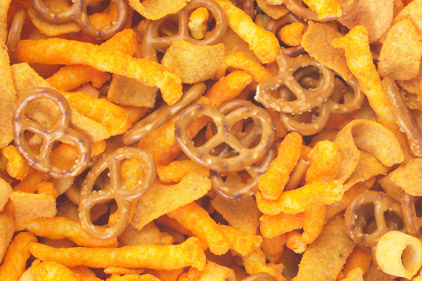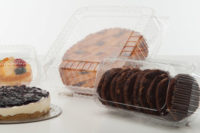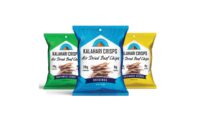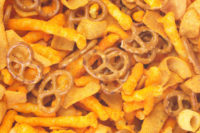For years, people have been shifting their eating habits to include more snacks on-the-go. But when you tear into a bag of cookies, do you really recall how many you ate?
Packaged-food makers and marketers might know the answer, even if you don't. Aware that people snack throughout the day, they continue to introduce new packaging that encourages consumers to eat food anytime they have an urge to nibble, what some executives are calling "hand-to-mouth" eating.
The psychology behind how this affects eating behavior is complicated. Sometimes small amounts of food can drive people to eat more, which are cues savvy snackers can spot.
Hershey, for example, learned that individual wrappers on bite-size candy were getting in the way of people eating candy in certain settings, like in the car. The company responded with Reese's Minis, a small, unwrapped version of its classic Reese's Peanut Butter Cup, in a resealable bag. “The tiny size facilitates their being popped in one’s mouth, on-the-go," says Michele Buck, senior vice president and chief growth officer for Hershey.
Packaging can be so influential that even a subtle hint may prompt some people to stop eating. Researchers fed college students watching television Lay's Stax with a red chip placed at various intervals throughout the canister in a 2012 study. Some students got regular canisters without any red chips. Students given canisters with red chips ate less than half of the amount than those without red chips. When questioned later, the students more accurately described how much they ate. An "artificial barrier" can help eaters decide when to stop, says Andrew Geier, lead author of the study published in Health Psychology.
The urge to eat to the bottom of a bag appears to wane when a package is so large it is clearly not a single serving size, Geier says.
Source: www.wsj.com




